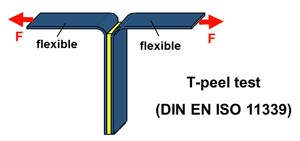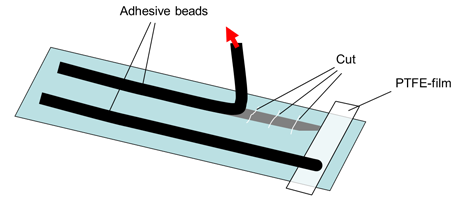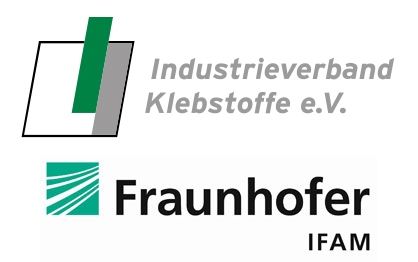6.5.4 Test method with peel loads

- For measurement of the resistance to peel forces; The advantage here is the constant peel angle
- Used mostly for bonded honeycomb cores

- Measures the resistance to peel forces acting perpendicular to the bonding area
- Used mainly for comparative assessment of different adhesives and surface treatments

- In particular, it provides very useful information about the strength of the adhesion zone in bonded metal-plastic joints

- Test method for determining crack propagation for simultaneous exposure to mechanical, physical and chemical loads/stresses
- Observation of the fracture properties of elastic adhesive beads in aged bonded joints
- Information about the adhesion of the adhesive to the relevant substrate
- No information about the strength!




